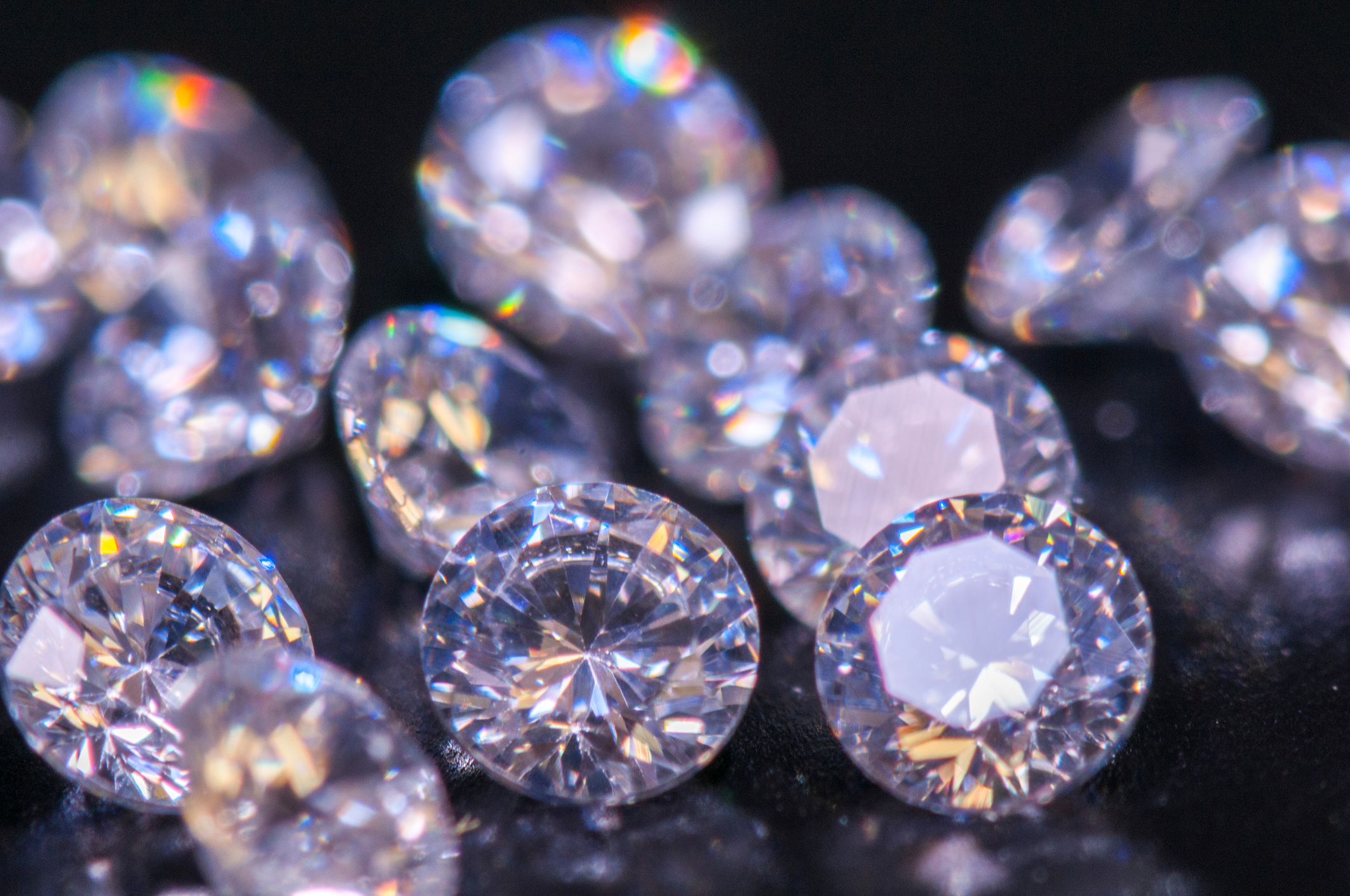Photo: Koichi Yajima/EyeEm/Getty Images
“De Beers’ focus is on natural diamonds,” said Simon Lawson, the company’s head of research and development back in 2015, explaining to Bloomberg that De Beers wouldn’t do anything to jeopardize the industry. However, earlier this week the UK-based company, whose mined-diamond business was worth $5.8 billion last year, performed something of a volte-face and announced that in response to consumer demand it would now be offering a lab-grown diamond alternative.
While De Beers accounts for about one-third of global mined-diamond sales, as reported last year in The Economist, this seemingly significant share of the market was in fact down from 45% in 2007. And among the many factors cited as contributing to this decrease is the increasing concern, particularly among millennials, about the environmental impact and human suffering associated with extracting diamonds from the ground. Having previously championed the purity and rareness of natural gemstones, most recently by supporting the industry’s ‘Real is Rare’ campaign, De Beers’ new Lightbox venture will begin selling synthetic stones this September, and in pink and blue as well as the more traditional white.
De Beers' Lightbox Jewelry.
Man-made diamonds are not a new phenomenon - General Electric produced the first lab-grown diamond back in the 1950s. However, advances in technology have meant that it is now possible to create flawless, gem-quality stones. And while the jewelry-quality lab-grown diamond industry is estimated to represent less than 1% of the global market for rough diamonds today, according to Morgan Stanley, with sales between $75 to $200 million, the company predicts lab-grown diamonds could account for 15% of the gem-quality melee diamond market by 2020 and 7.5% of the larger diamond market.
To date, start-ups have tended to dominate this emerging market, with brands such as Ada Diamonds, ALTR, Diamond Nexus, New Dawn Diamonds, Pure Grown and Leonardo DiCaprio-backed Diamond Foundry all producing man-made diamonds, but established companies, including De Beers, are now looking to make in roads. Last year Atelier Swarovski launched its first collection featuring lab-grown diamonds, as well as emeralds.
Penélope Cruz at the 2018 Cannes Film Festival wearing Atelier Swarovski jewelry which features Swarovski Created Diamonds, created gemstones and Fairtrade Gold.
In tandem with this man-made approach, brands such as Chopard are taking alternative action to endeavour to address consumers’ ethical concerns surrounding the industry. Working with Livia Firth’s sustainability consultancy Eco-Age, the Swiss company has for the past five years been championing ethically-sourced diamonds, and most recently, in the absence of any ethical certification for colored gemstones, is now assessing each mine according to specific ‘Principles of Sustainable Excellence’, which cover transparency, traceability and environmental conservation alongside the basics of safety, fair pay and the absence of child labor.
However, while this responsible approach to sourcing is obviously to be applauded, lab-grown stones have the additional advantage of offering consumers a low-cost alternative. Expected to retail from $200 for a quarter-carat stone up to $800 for a carat, De Beers hope that its Lightbox jewelry will not only widen appeal, but increase accessibility.
Related Reading:
Chopard Continues Its Sustainability Journey
Paula Mendoza's New Creative Role




